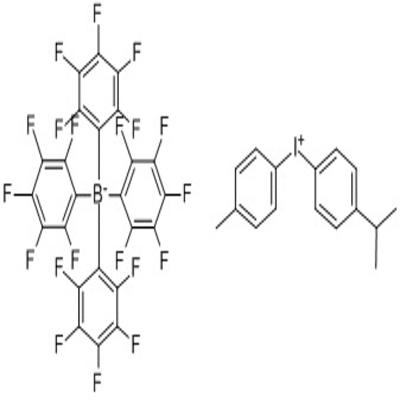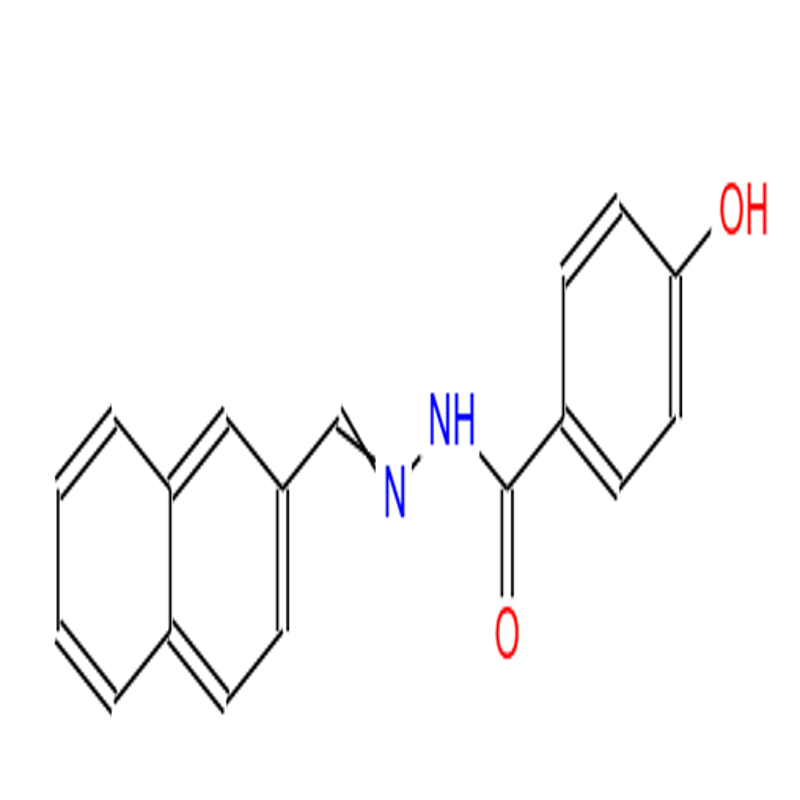-
Categories
-
Pharmaceutical Intermediates
-
Active Pharmaceutical Ingredients
-
Food Additives
- Industrial Coatings
- Agrochemicals
- Dyes and Pigments
- Surfactant
- Flavors and Fragrances
- Chemical Reagents
- Catalyst and Auxiliary
- Natural Products
- Inorganic Chemistry
-
Organic Chemistry
-
Biochemical Engineering
- Analytical Chemistry
-
Cosmetic Ingredient
- Water Treatment Chemical
-
Pharmaceutical Intermediates
Promotion
ECHEMI Mall
Wholesale
Weekly Price
Exhibition
News
-
Trade Service
2-Piperazinecarbonitrile, commonly known as PZC, is a versatile organic compound that has numerous applications in the chemical industry.
It is a colorless liquid with a distinct ammonia-like odor, and it is highly soluble in water.
PZC has a wide range of industrial applications, including use as a solvent, a refrigerant, and a catalyst.
One of the most common synthetic routes for producing PZC involves the reaction of ammonia and cyanogen chloride.
This reaction produces a mixture of products, including PZC, which can then be separated and purified using conventional chromatography techniques.
This route is relatively simple and inexpensive, and it is widely used in the chemical industry.
Another synthetic route for producing PZC involves the reaction of sodium azide with dimethylamine.
This route is also relatively simple and inexpensive, and it is commonly used in industrial-scale production of PZC.
The reaction produces a mixture of products, including PZC, and it can be purified using conventional chromatography techniques.
There are several other synthetic routes for producing PZC, including the reaction of urea with nitryl chloride, the reaction of ammonia with cyanogen sulfide, and the reaction of ammonia with cyanoacetamide.
These routes are more complex and require specialized equipment and conditions, but they can produce high-purity PZC.
Once produced, PZC can be used in a variety of industrial applications.
As a solvent, it is used in the production of pharmaceuticals, cosmetics, and other products.
It is also used as a refrigerant in refrigeration systems and as a catalyst in the production of polymers and other industrial chemicals.
PZC is also used as an intermediate in the production of other chemicals, including pharmaceuticals, agrochemicals, and other industrial chemicals.
It is a versatile building block that can be used in a wide range of industrial applications.
In conclusion, the synthetic routes of 2-Piperazinecarbonitrile are diverse and varied, and they can produce high-quality PZC for use in a wide range of industrial applications.
PZC is a versatile organic compound that has a wide range of industrial applications, including use as a solvent, a refrigerant, and a catalyst.
Its versatility and low cost make it an important chemical in the chemical industry.







